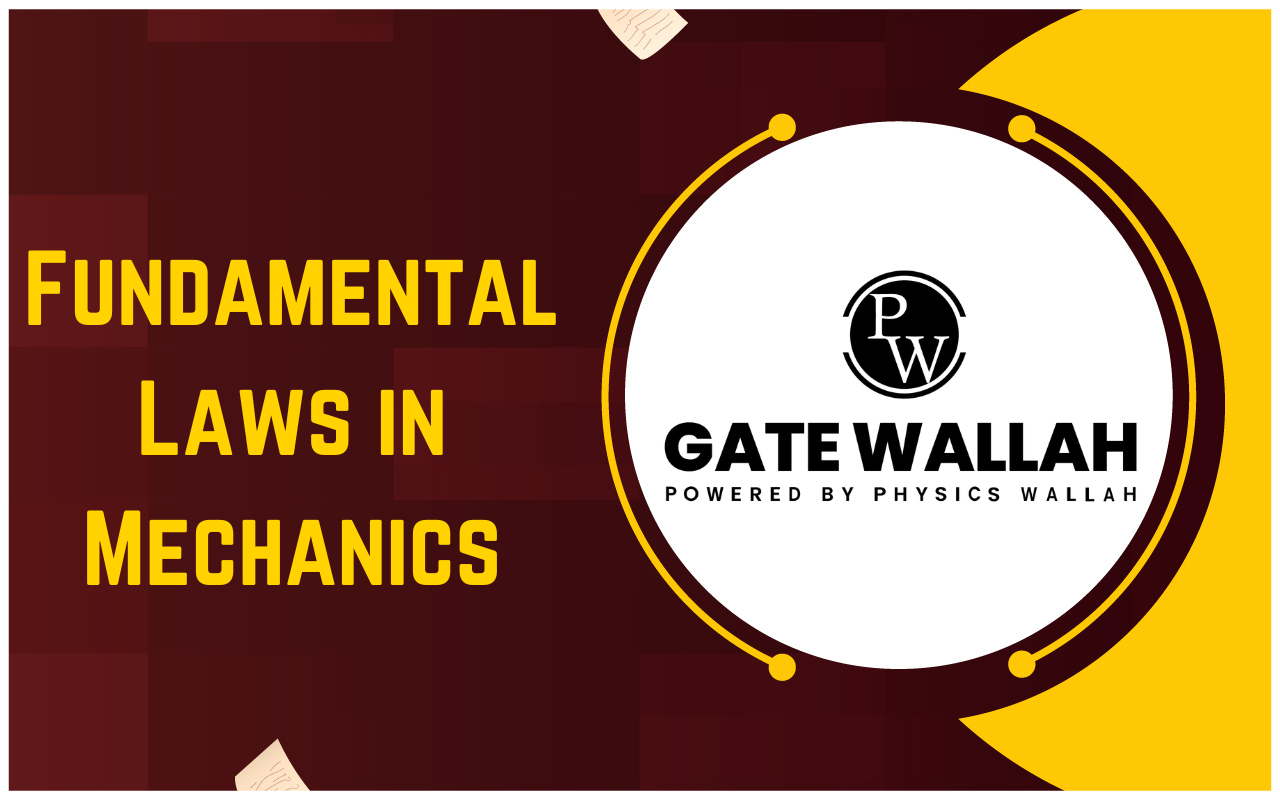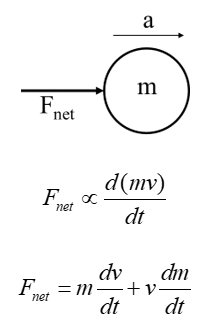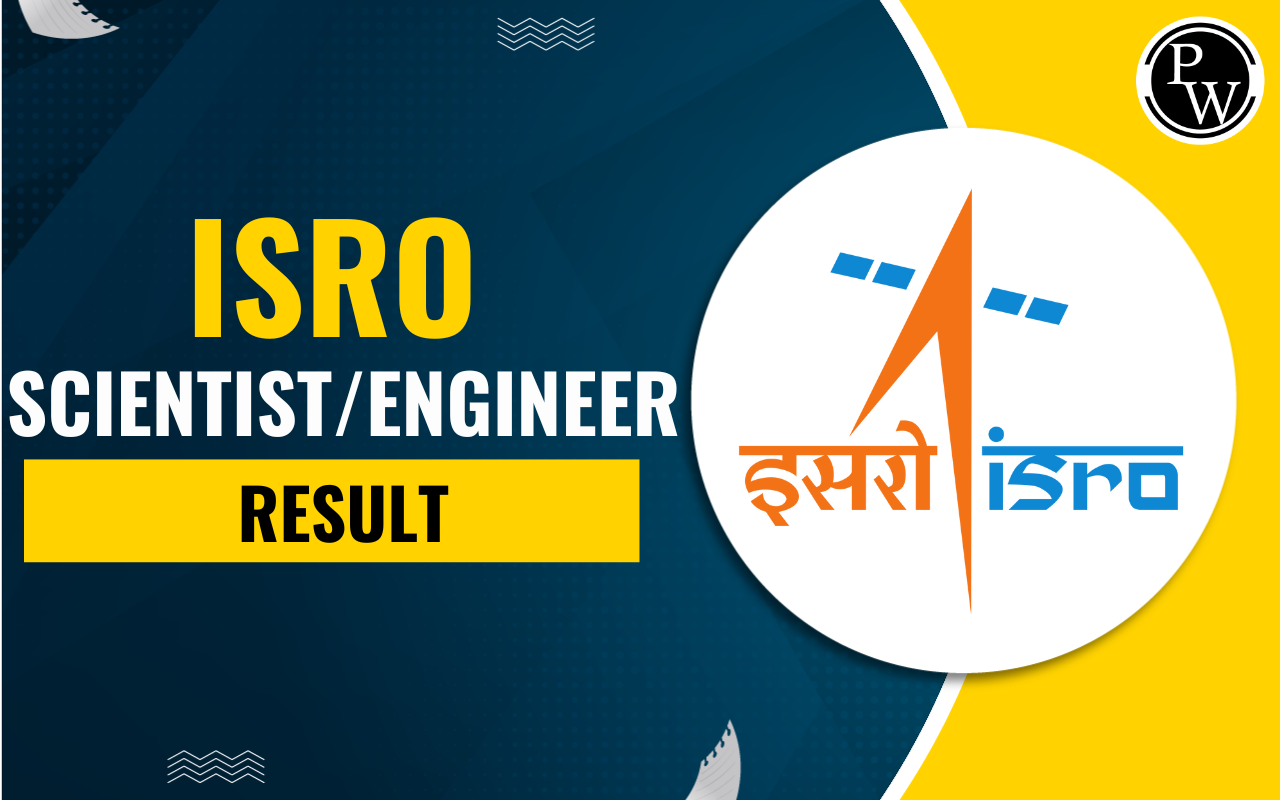

Fundamental Laws in Mechanics
Mechanics, a branch of physics, serves as the foundation for understanding the behavior of physical bodies and their interaction with forces. Laws in mechanics provide the principles and mathematical equations necessary to describe and predict the motion and equilibrium of objects. Here we will discuss some fundamental laws that form the cornerstone of classical mechanics.
Newton’s Three Laws of Motion
The laws of mechanics, particularly Newton's laws of motion, play a fundamental role in understanding the behavior of objects subjected to forces.
Newton’s First Law
Newton's first law states that “an object at rest will remain at rest, and an object in motion will continue moving in a straight line at a constant velocity unless acted upon by an external force”. This principle is known as the Law of Inertia. In simple terms, it implies that objects have a natural tendency to maintain their current state of motion or rest. To further illustrate these concepts, let's examine a practical example.
-
- Imagine a book lying on a table. The book remains stationary until it is acted upon by any external force. The book only moves because an external force overcomes its inertia.
- When riding a bicycle and applying the brakes abruptly, our body tends to continue moving forward due to inertia.
- If you place a coin on a piece of paper and quickly pull the paper out from under it, you'll notice that the coin doesn't move.
Note: This law holds true when describing the behavior of objects within an inertial frame of reference.
Newton’s Second Law
Newton's second law establishes a quantitative relationship between force, mass, and acceleration. It states that “the rate of change of momentum is directly proportional to the impressed force, and takes place in the same direction in which the force acts”.

In classical mechanics problems, most of the time mass is constant; hence,

Where F net represents the net force acting on the object, m denotes the mass of the object, and a signifies the resulting acceleration.
-
- From the above relation, it can be concluded that the acceleration of an object is directly proportional to the net force applied to it and inversely proportional to its mass.
- In simpler terms, this law explains that the more force applied to an object, the more it will accelerate, and the more massive the object is, the less it will accelerate for a given force.
Note: This law also holds true when describing the behavior of objects within an inertial frame of reference.
Newton’s Third Law
Newton's third law states that “for every action, there is an equal and opposite reaction”. This principle is known as the Law of Action-Reaction. This law applies to any pair of interacting objects.

The forces of action and reaction between bodies in contact have the same magnitude, same line of action, and opposite sense. To further illustrate these concepts, let's examine some practical examples.
-
- Jumping off a boat: When you jump off a stationary boat, the boat moves backward due to the equal and opposite reaction force you exert on it.
- Swimming: Pushing the water backward with your arms and legs results in the water pushing you forward with an equal and opposite force.
- Balloon propulsion: Releasing air from a balloon propels it forward as the escaping air generates an equal and opposite backward force.
- Person on a skateboard pushing against a wall: When the person pushes against a wall with a force, the wall exerts an equal force in the opposite direction. As a result, the person experiences a backward force that propels them forward.
Newton's third law is fundamental to understanding phenomena such as rocket propulsion, where the expelled gases exert a force in one direction, leading to the rocket's motion in the opposite direction.
Principle of Transmissibility of Force
The principle of transmissibility of force states that the effect of a force on a rigid body remains unchanged, regardless of where the force is applied along its line of action. In simpler terms, shifting the point of application along the line of action of a force does not affect the resulting motion or equilibrium of a rigid object. This principle allows engineers to simplify force analysis by considering forces as a sliding vector.
This principle allows engineers to simplify force analysis by considering forces as a sliding vector.











